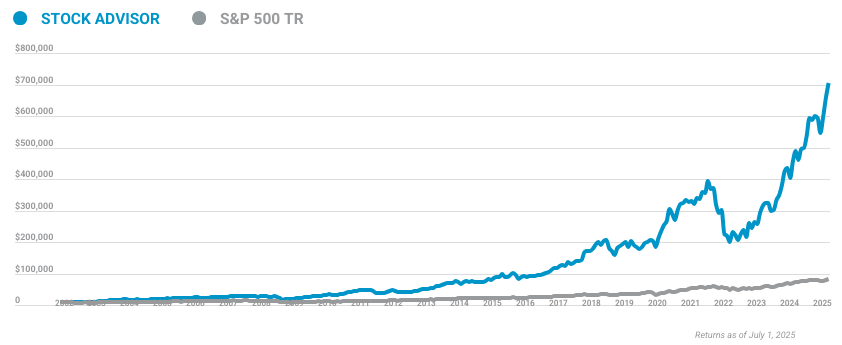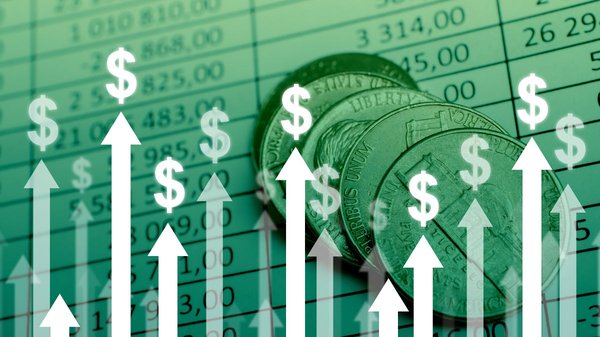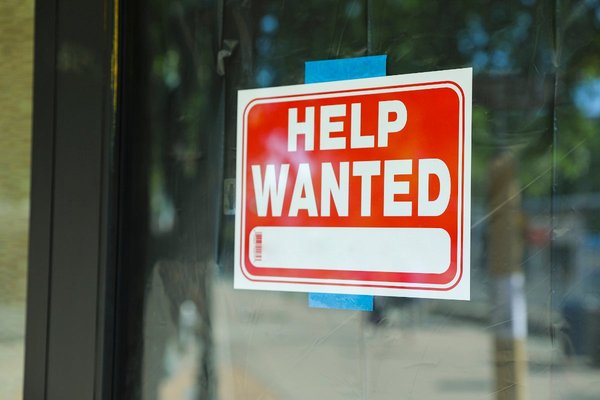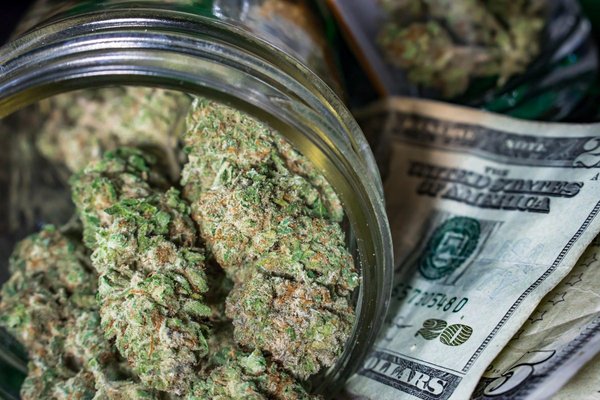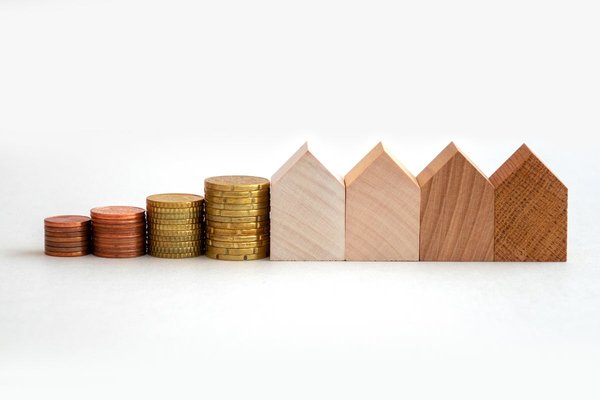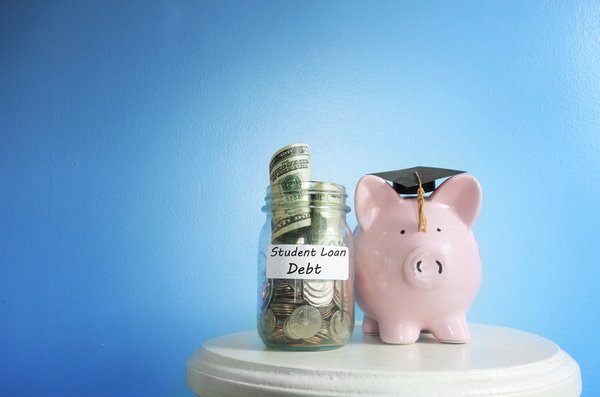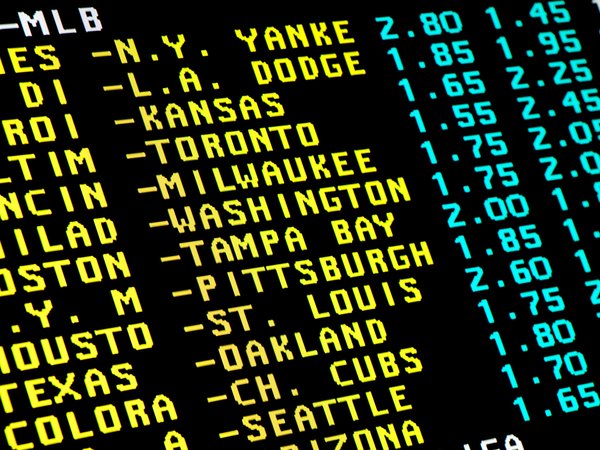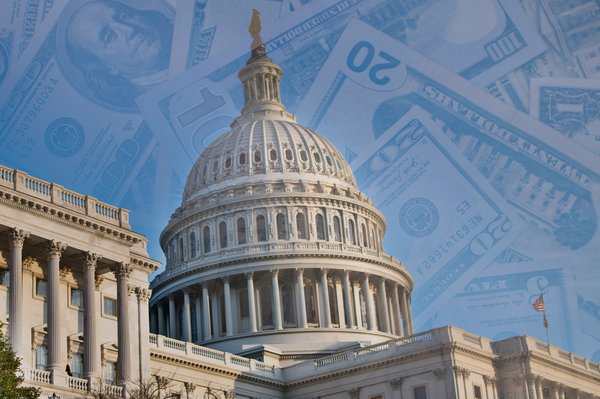House flipping has become increasingly popular over the past few years. Eight percent of home sales were flips in 2023, up from 5.7% in 2016.
There’s money to be made in home flipping, but certain markets are more lucrative than others.
Are you thinking about getting into the fix-and-flip game? Want guidance on where to do your next flip? Read on for more essential flipping stats to have on your radar.
Nationwide house-flipping stats: Return on investment, flipping rates, and more
House flips as a percentage of all home sales
Percentage of all home sales
In 2023, 308,922 single-family homes and condos were flipped, or roughly 8.1% of all home sales last year, according to Attom Data.
That’s down from a record-setting 2022, when nearly 437,000 homes were flipped, or about 8.4% of all sales.
Gross profit and return on investment
House-flipping gross profit and return on investment
The average return on investment (ROI) for house flipping in 2023 was 27.5%, and the average gross profit was $66,000, according to Attom.
Popular as it is, house flipping has become less profitable over the past several years. In 2016, it netted an average ROI of 49.2% and an average gross profit of $62,624. In 2023, ROI was nearly half that, while gross profit was only a few thousand dollars more.
Rising median home prices are at least somewhat responsible for declining returns on investment.
Financed flips have fallen over the past couple of years, too. Thirty-seven percent of house flips were purchased with financing in 2023, compared to 39% in 2021 and 43% in 2017.
Investors are opting to buy, fix and flip homes with cash as a result of increased competition in the housing market. Sellers typically prefer cash offers, particularly banks and lenders with distressed properties to sell.
| Year | Share of flips purchased with financing | Share of flips purchased with all cash |
|---|---|---|
| 2016 | 32% | 69% |
| 2017 | 43% | 57% |
| 2018 | 42% | 58% |
| 2019 | 42% | 58% |
| 2020 | 42% | 58% |
| 2021 | 39% | 61% |
| 2022 | 35% | 65% |
| 2023 | 37% | 64% |
Home-flipping returns by state
Home-flipping returns by state
Homes flipped in Pennsylvania generated the largest return on investment in 2023, providing a 77.3% return on average. While significant, that’s down from 2022, when houses flipped in the state had an average return of 85.6%. It’s also well off the overall 2022 maximum average ROI of 130% from homes flipped in Delaware.
Only three other states -- Maryland, Delaware, and Michigan -- had average returns on investment for house flipping of more than 60%. In 2021, eight states had average returns on house flipping over 60%.
In terms of gross profit, flips in Washington, D.C., brought in the most cash on average, or $157,000. That’s down from $215,012 in 2022.
Fix-and-flippers in Idaho had it the worst; house flipping there only netted investors a 1.3% return on average in 2023, which was worth $5,250.
The ROI for house flipping grew in 14 states from 2022 to 2023:
- Hawaii: +79%
- Maine: +28%
- Ohio: +26%
- Oregon: +22%
- North Carolina: +13%
- Kentucky: +12%
- Michigan: +12%
- Connecticut: +8%
- North Dakota: +7%
- Alabama: +4%
- New Mexico: +4%
- Minnesota: +4%
- California: +3%
- West Virginia: +1%
The states that saw the largest drop in ROI from 2022 to 2023 were:
- Idaho: -80%
- Utah: -55%
- Mississippi: -53%
- Delaware: -49%
- Texas: -49%
Best markets for house flipping in 2023
The best markets for house flipping in 2023
The Scranton/Wilkes-Barre/Hazleton market in Pennsylvania boasts the best returns for house flippers, netting them an average of 112.5% back on their investments in 2023.
Pennsylvania is home (at least partially) to four of the 10 best markets for house flipping by ROI: Scranton, Pittsburgh, Harrisburg/Carlisle, and York/Hanover.
The best market by profit is San Jose/Sunnyvale/Santa Clara in California, where flippers made an average of $275,250 in 2023.
The worst market for house flipping is Austin/Round Rock, Texas, which is the only market in which flippers lost money in 2023. The average ROI was -4.1%, and losses averaged out to $18,640. Five of the 10 worst markets for house flipping by ROI in 2023 were in Texas.
These are the best and worst markets for house flipping by gross return on investment in 2022:
Best markets for house flipping by ROI
| Market | 2023 Flipping Gross Profit | 2023 Gross ROI |
|---|---|---|
| Scranton/Wilkes-Barre/Hazleton, PA | $90,000 | 112.5% |
| Lake Charles, LA | $86,256 | 107.8% |
| Pittsburgh, PA | $100,000 | 105.3% |
| Akron, OH | $91,566 | 99.5% |
| Buffalo/Cheektowaga/Niagara Falls, NY | $94,000 | 87.4% |
| Harrisburg/Carlisle, PA | $94,500 | 82.2% |
| Flint, MI | $60,300 | 80.7% |
| York/Hanover, PA | $104,800 | 77.6% |
| Hagerstown/Martinsburg, MD/WV | $115,000 | 76.7% |
| Salisbury, MD/DE | $192,088 | 76.0% |
Worst markets for house flipping in 2023
Worst markets for house flipping by ROI
| Market | 2023 Flipping Gross Profit | 2023 Gross ROI |
|---|---|---|
| Austin/Round Rock, TX | -$18,640 | -4.1% |
| Provo/Orem, UT | $2,754 | 0.6% |
| Boise City, ID | $8,126 | 1.9% |
| Jackson, MS | $7,382 | 3.4% |
| Killeen/Temple, TX | $8,500 | 4.0% |
| Ogden/Clearfield, UT | $18,036 | 4.4% |
| Dallas/Fort Worth/Arlington, TX | $14,817 | 4.4% |
| Lubbock, TX | $9,476 | 4.9% |
| San Antonio/New Braunfels, TX | $12,289 | 5.0% |
| Boulder, CO | $38,000 | 5.9% |
The bottom line for investing in house flipping
House flipping is not generating the same return on investment as in years past, and gross profit growth year over year is sluggish. House prices have been growing faster than the value of flipped homes, which has created a drag on both metrics.
Inflation, stubbornly high mortgage rates, and other economic headwinds continue to challenge homebuyers, and, as a result, home flippers who are looking to resell. Still, house flipping remains popular, and there are lucrative markets to tap into.
Statistics aren't everything, but they can provide a good idea of what sort of competition house flippers face and in which markets to focus investments. They also offer a baseline to set expectations for profits and ROI.
The bottom line is that the capital costs of house flipping remain high, while returns have shrunk.
Thankfully, there’s more than one way to invest in real estate, including residential real estate. Real estate investment trusts, or REITs, are among the most accessible ways for anyone to gain exposure to real estate without having to oversee a construction project and put a sizable amount of cash on the line.
Sources
- Attom Data (2024). “Home Flipping Plummets Across U.S. in 2023 as Profits Slump Again.”
The Motley Fool has a disclosure policy.

